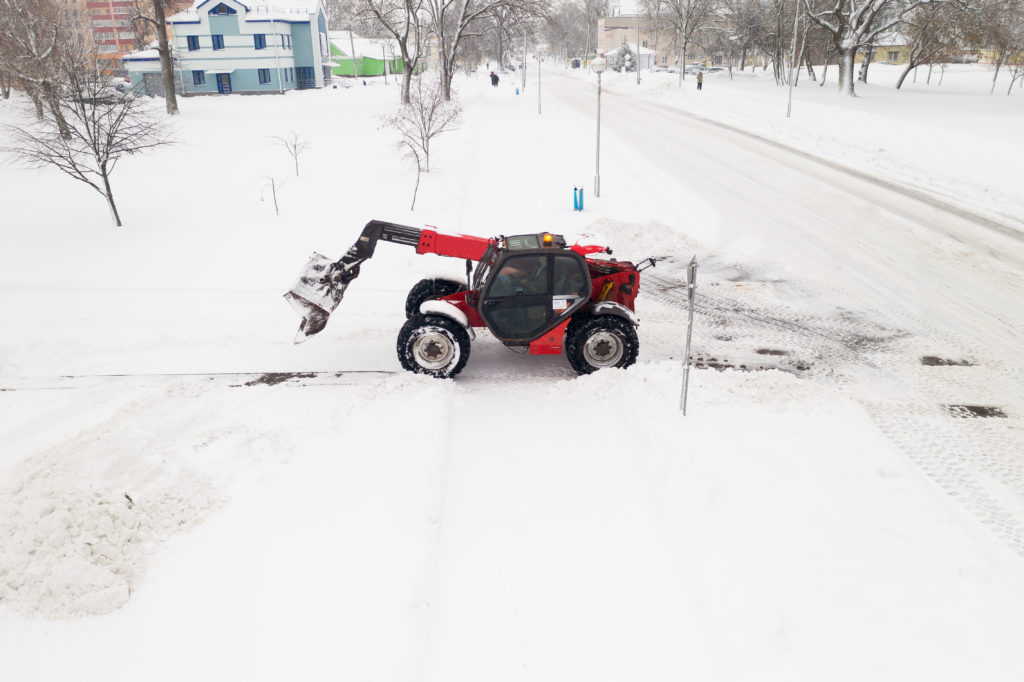Know The Weather-Concrete Equation In Your Area

Weather plays a tremendous role in deciding when to get your next concrete to revamp and what is the fastest way to melt ice without heat hitting the concrete too hard. While there are several assumptions about the usage of concrete, the time to install it, and the way to install it, you have to consider the concrete-weather equation before making any moves. However, not everyone knows this information. You need to fix a timeline and choose an ice melt that won’t damage concrete during winters.

The common advice is that fall is the best season to repair and redo your damaged concrete. Having said this, you must be mindful that you cannot use any harsh ice melt products until the concrete is cured. You can use natural ingredients to ensure your concrete does not get damaged. Products such as Safe Thaw are 100% environment-friendly and are urea-modified with special surfactants, glycols, inhibitors, and ice-melting boosters. It melts ice 2x faster and does not cause any damage.
So, how do you know the ideal weather-concrete equation in your area?
Concrete manufacturing
Concrete must be kept at an ideal temperature to suit hot and cold climates. Fresh concrete requires temperatures from around 40 F to 90 F. The batch manufacturers must determine how to produce concrete to match these varying temperature differences so that you can apply an ice melt that won’t damage concrete.
Hot weather conditions
Concrete is one of the trickiest and the thickest substances to work with because of its reaction to different temperatures and humidity. If using it during summers, your contractor must limit the concrete temperature to a maximum of 95℉. While pouring it, the concrete must not be more than approx. 50℉ takes around 8 to 48 hours for the concrete to set properly. While it can set in around seven days, it will take around a month to cure properly.
Cold weather conditions
It becomes difficult for concrete to settle when you have constant cold weather and cool winds blowing for three days consecutively. Concrete reacts immediately and crystallizes quicker in cold temperatures. Thus, it is advisable to pour concrete above 15℃ as the concrete will set in much quicker than anticipated. It will not cure properly, thus causing early signs of cracks and making it difficult to use ice melt that won’t damage concrete. Avoid pouring the concrete on thawed or frozen surfaces.
100% Salt & Chloride-Free Ice Melt for Winter Storm Protection.
Conclusion
The weather-concrete equation determines the fastest way to melt ice without heat. While the conditions may differ from region to region, the basic application rules remain the same. Whether you use it in winter or summer, concrete must be cured properly before applying any ice melt that won’t damage concrete. With products such as Safe Thaw, you are rest assured that you can enjoy winters without worrying about additional expenditure. Keep the weather conditions in your area in mind before applying concrete.
Try Also Our Other Winter Safety Products:
Safe Paw
The Original and #1 Selling Pet and Child Safe Ice Melt for over 20 years. Guaranteed environmentally safe –It won’t harm animals or children, and it won’t damage your property. That’s Safe Paw. Safe Paw can change how winter affects our planet.

Walk On Ice
The handy disposable canister can be taken everywhere, with the same 100% naturally occurring minerals that provide instant traction on ice or snow. Use it on sidewalks, steps, or as an instant traction agent for your car.


